
Warning: Major spoilers ahead for No Time To Die!
No Time To Die breaks plenty of James Bond rules and traditions and manages some firsts for the franchise for good measure. Despite a few missteps with Quantum of Solace and Spectre, the Daniel Craig era of James Bond has been a resounding success. Rejuvenating the franchise with a grittier tone and a more realistic approach to espionage, 007 has enjoyed a resurgence of relevancy, and those changes have been reflected by each film's impressive box office. No Time To Die marks Craig's final mission for MI6, finally released after suffering repeated delays due to the COVID-19 pandemic and the widespread closure of movie theaters.
No Time To Die has all the elements Bond fans have come to expect from Britain's favorite spy - high-octane action, exotic locations, deadly duels, and ambitious stunts. But while No Time To Die offers much in the way of familiarity, Bond's next escapade is clearly his biggest stylistic departure since Casino Royale. The film breaks, bends, and blasts a litany of long-held franchise rules and traditions.
Although the change of director from Danny Boyle to Cary Fukunaga suggested Eon were seeking a more conventional outing for Daniel Craig's swansong, No Time To Die is hardly playing by the old rules. Plenty of traditions are broken. Here are the rebellious and revolutionary aspects of No Time To Die.
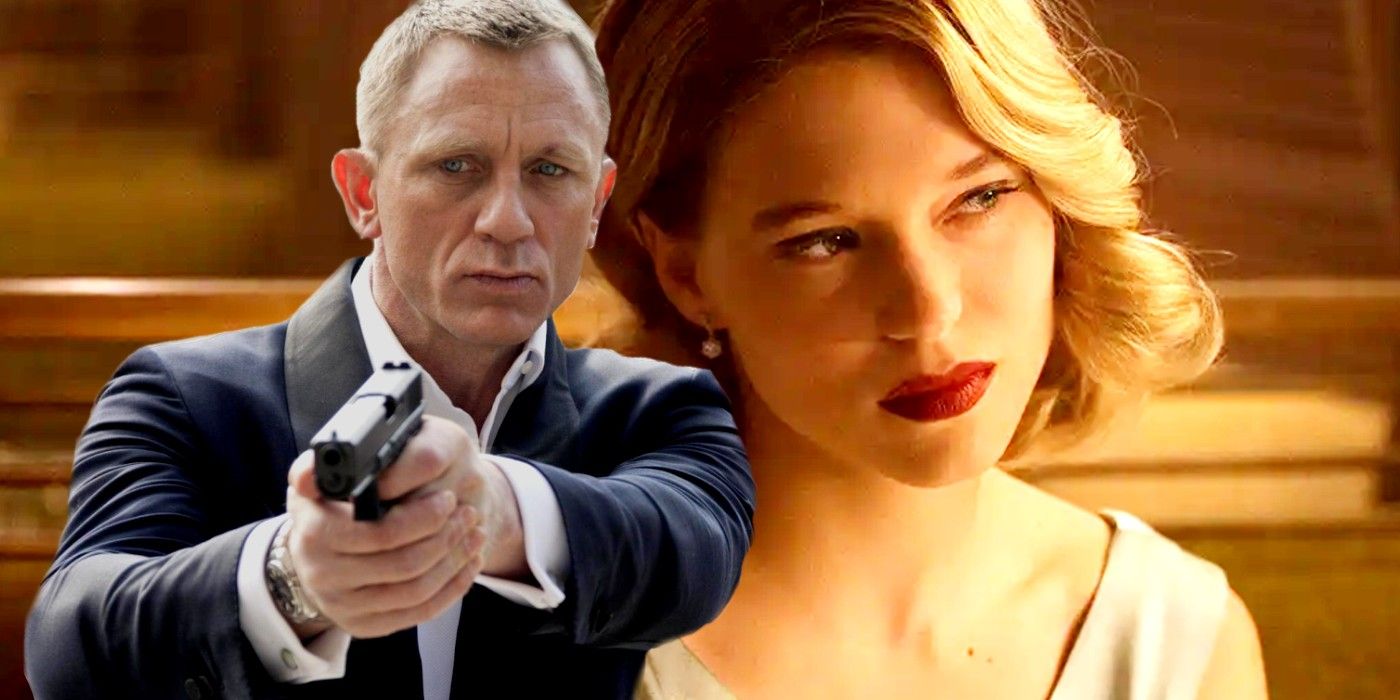
The first scene of any James Bond film has certain expectations to live up to. More often than not, the audience finds 007 up to his neck in trouble, either about to begin or directly in the midst of a thrilling action sequence. Famous Bond openings include the botched Istanbul mission in Skyfall, the fake-out Sean Connery double in From Russia With Love, and Roger Moore's ski chase complete with uber-patriotic Union Jack parachute. Such scenes get the adrenaline pumping and let viewers know they're in for two hours of cinematic thrills, and Daniel Craig's era has continued that tradition.
But No Time To Die takes a very different approach, beginning with a flashback into the tragic past of Madeleine Swann. Not only does this eschew the usual route of kicking things off in big, brash, loud fashion, but No Time To Die's first scene isn’t even Bond-centric. After this flashback, the action returns to traditional Bond opening, with the instantly iconic bridge jump and the incredible car chase through the streets of Matera with the Aston Martin DB5. No Time To Die also breaks a franchise record. At a whopping 23 minutes 47 seconds from gun-barrel to Billie Elish’s Bond song and opening credit sequence, it has by far the longest Bond prologue.
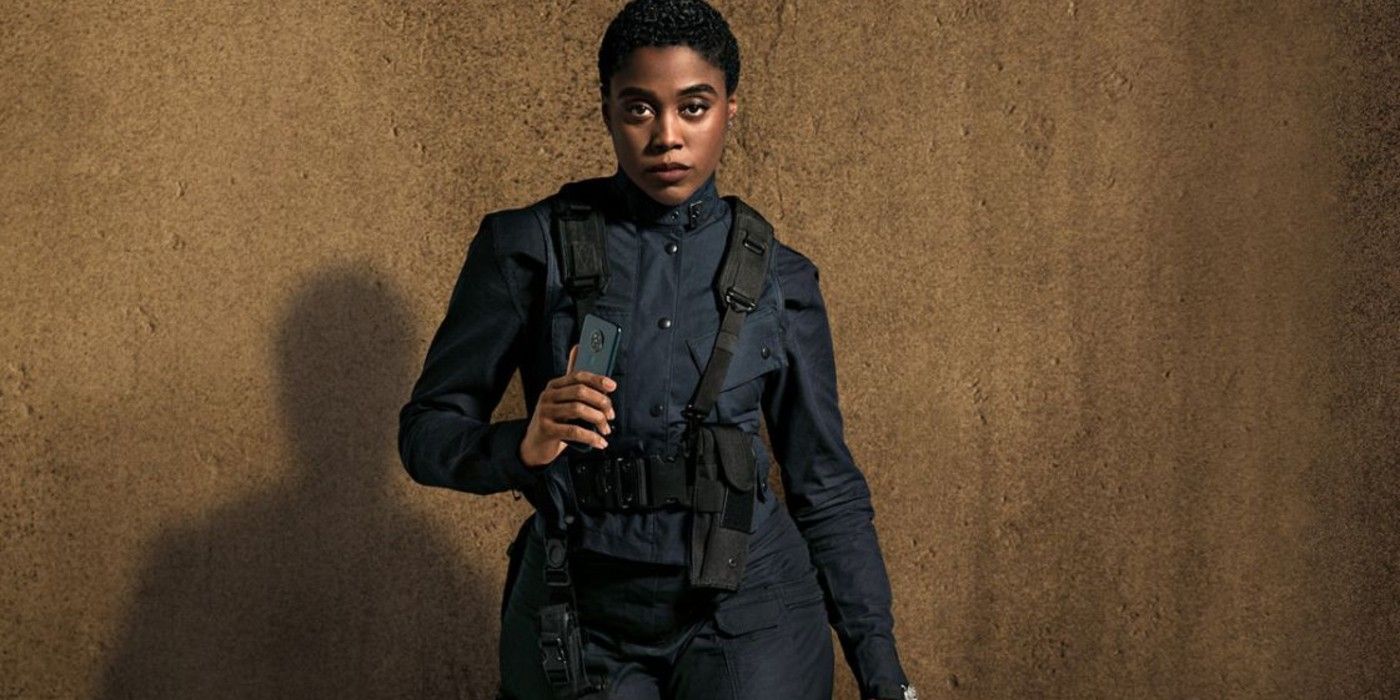
Daniel Craig might be playing James Bond in No Time To Die, but he's not playing 007 any longer. After serving MI6 loyally (more or less) over four blockbuster movies, Bond is retired when No Time To Die begins, with the majority of the film taking place more than five years after Spectre. The veteran spy is inevitably pulled back into the fray by friend and former CIA ally Felix Leiter. Leiter tasks him with finding a missing MI6 scientist that has developed a deadly nanobot virus. MI6 has sent their own agent to retrieve the scientist and virus - Lashana Lynch's Nomi. The pair meet, and Bond discovers that she has inherited his 007 mantle.
The idea of James Bond being one character and 007 another is a major departure for the franchise and upends the usual dynamic where Bond is in full control of any given situation. Bond and Nomi have a somewhat tense relationship at first while working together in No Time To Die, but they eventually come to respect one another. Bond is professional enough to refer to Nomi as 007. By the third act, her respect for Bond leads her to relinquish the 007 designation (Bond had been assigned a new 00 number) for his final mission.
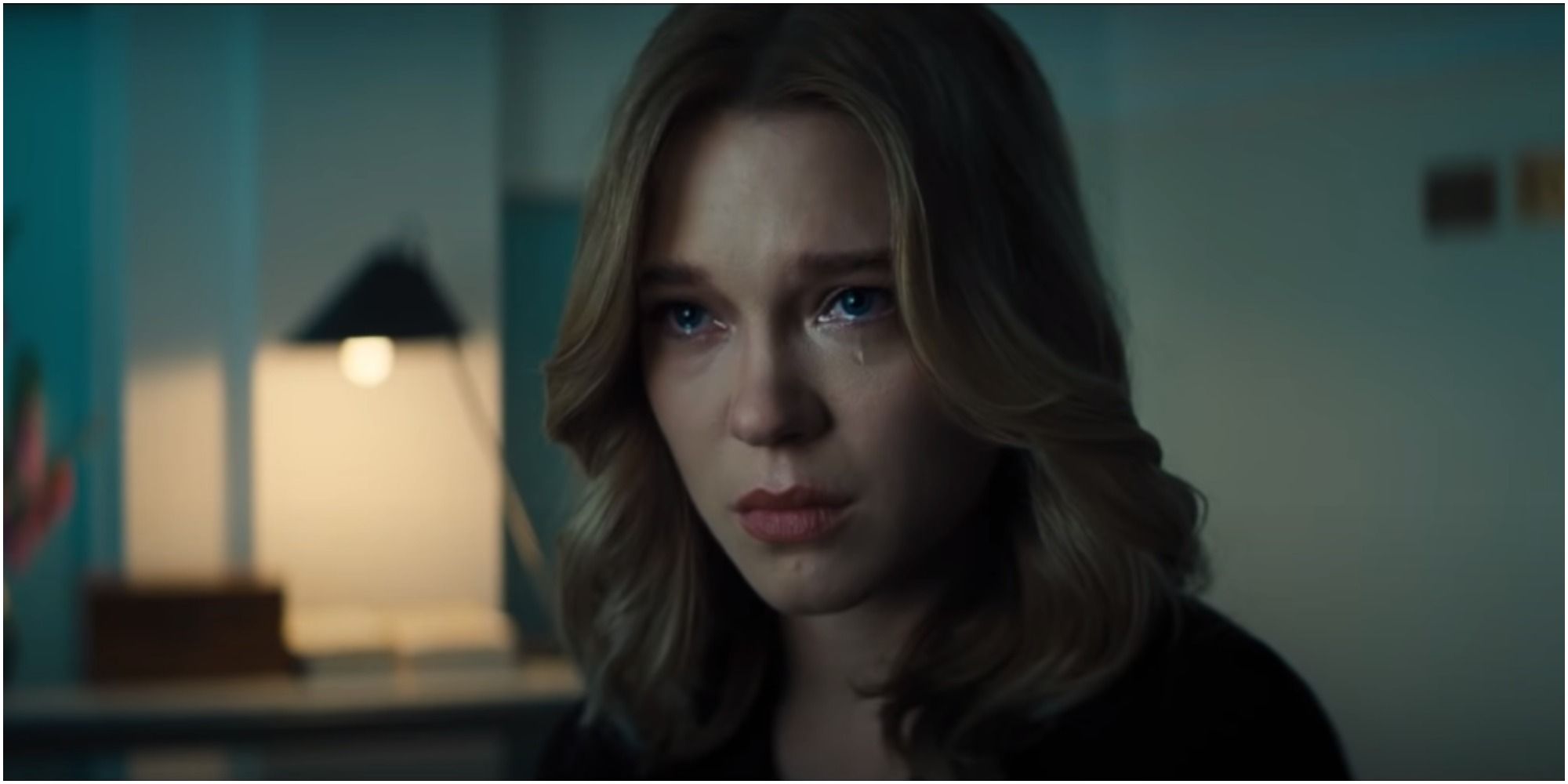
James Bond is a simple man who enjoys simple pleasures - shooting people, drinking martinis, and indulging in casual sex with complete strangers. Previous Bond movies have hinted at more serious romances for 007, but he always reverts to the life of a single bachelor before long. Even when George Lazenby's Bond married Diana Rigg in On Her Majesty's Secret Service, the newlyweds failed to reach the end credits before tragedy struck, leaving Bond single and ready to mingle, as Austin Powers would later say. In a break from the norm, No Time To Die begins with Bond and Madeleine Swann still together, traveling in Italy.
The couple has been going strong since the final scene of Spectre before inevitably everything comes crashing down. After Bond is attacked at Vesper Lynn’s tomb, he incorrectly believes that Madeleine betrayed him. It later transpires that it was Blofeld that set the trap for him, made to look as if Madeleine is part of Spectre. Leaving her at a train station, he states that “you’ll never see me again.” This, of course, is not true, and their love is rekindled five years later. Despite his conflicted feelings, he’s never stopped loving her, and nor has she.
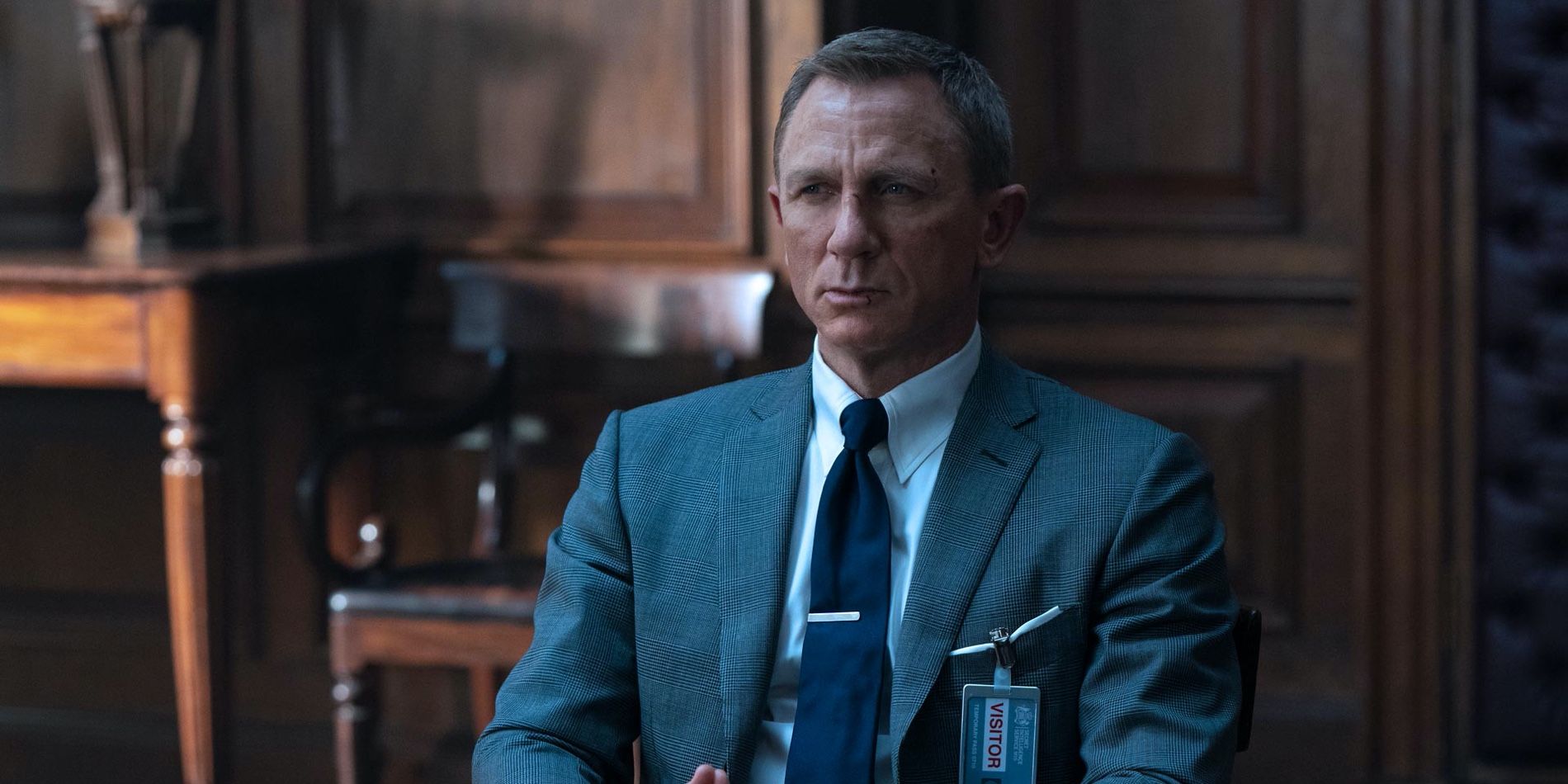
Another rule-breaking change brought about by Bond's retirement in No Time To Die is his relative lack of clout compared to previous films. Bond is humiliatingly brushed off by a desk worker who doesn't recognize the name, forced to wear a visitor's badge, and given even shorter shrift than usual from M. He is originally treated in the film as an unknown commodity, a risk that needs to be managed. Far from wanting his help, M and MI6 would rather he stay well away, which of course, only brings him out of retirement all the quicker. He’s soon proved he’s still got it and re-instated a double-o, but for a while, MI6 forgot his value completely.
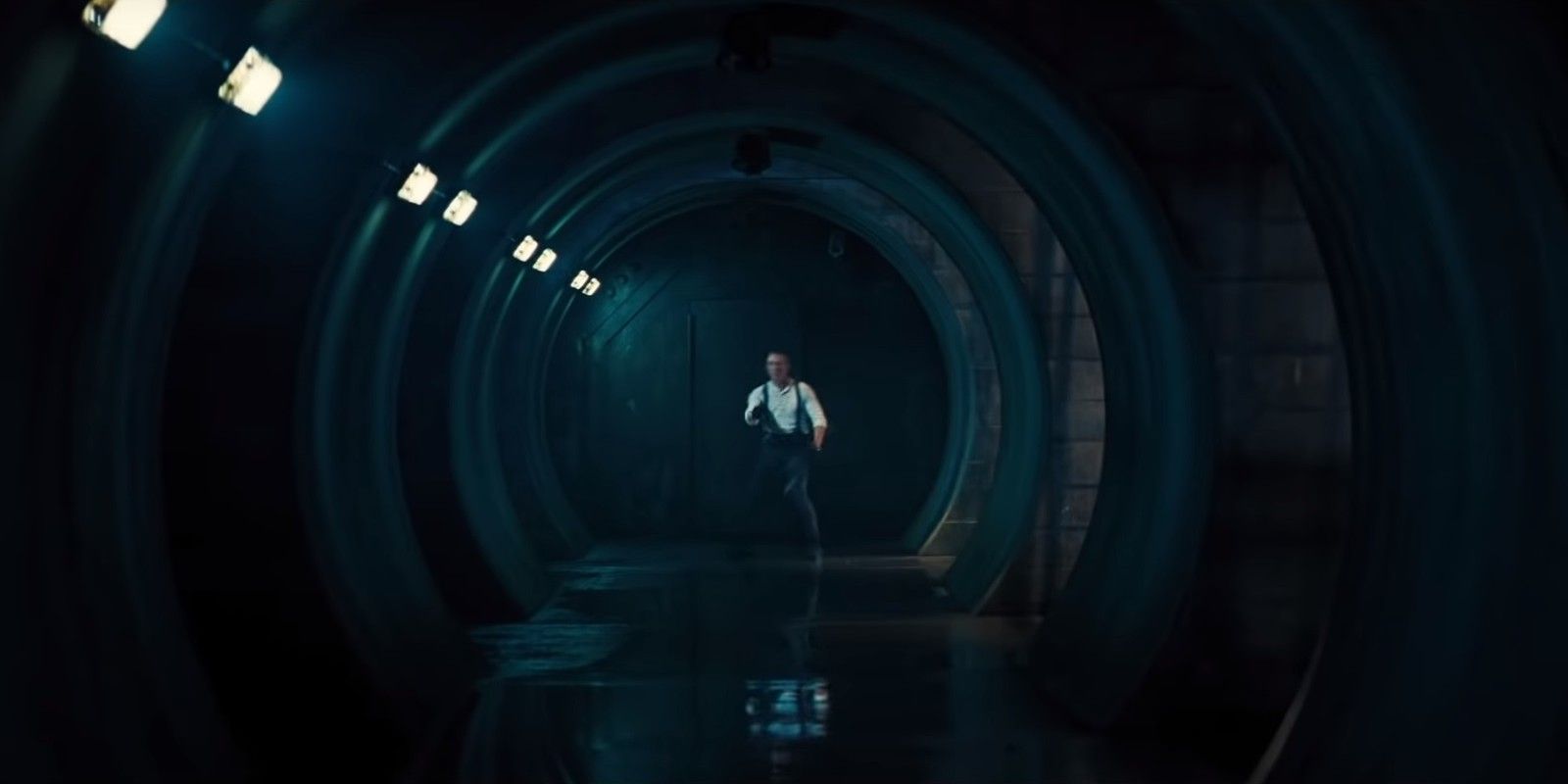
Among the many long-standing traditions of the James Bond franchise is the iconic gun barrel shot opening sequence. A series of white searchlights find 007 down the barrel of a gun, created using a tunnel effect. The spy then turns to the camera and shoots, causing a crimson line of blood to drip slowly down the screen. No Time To Die includes part of the gun barrel shot, though updates it. Countries where Universal Studios distribute are treated to the iconic Universal globe logo being incorporated in the sequence. The camera moves forward through the gun barrel into the first shot of Safin walking through the snowy landscape of Norway, with the image being reflected along the sides of the barrel. Notably, there is no blood in No Time To Die’s gun barrel sequence.
No Time To Die also recreates the gun barrel sequence in live-action, similar to Casino Royale. In the third act, Daniel Craig's Bond is in a race against time to open the blast doors of Safin’s villain lair. Making his way through a tunnel, he does that familiar turn to the camera. It’s a throwaway moment within a much more elaborate action sequence, but the idea of incorporating this famed image into the cinematography is a novel change of pace nevertheless.
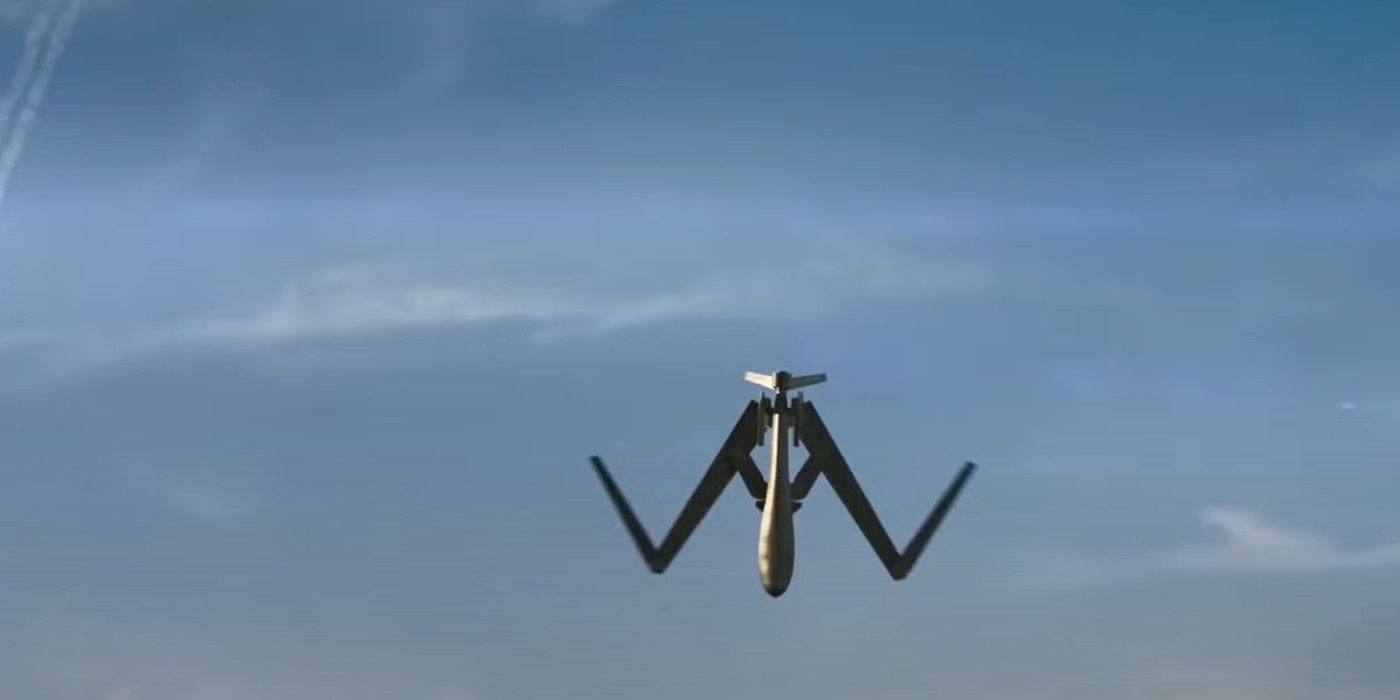
Not strictly a tradition that extends across James Bond's entire cinematic history, but Daniel Craig's era has certainly followed the "darker is better" rule. Fresh from the widely-mocked Die Another Day, and with a certain Jason Bourne proving immensely popular, Eon decided Daniel Craig's Bond should exist as close to reality as possible - an intense, brooding killer rather than a smooth-talking charmer carrying an arsenal of gadgets. For the most part, that decision has served James Bond well, but there remains a market for a more rounded Bond character in No Time To Die. The 007s of the past of the present, Bond and Nomi, fly in a hyper-modern folding plane, while Safin's base is cut from classic supervillain cloth.
The nanobot virus plot is also a touch more sci-fi than previous McGuffins during Craig’s time as Bond. There's an attempt at more humor in No Time To Die's too, albeit without the shocking puns. James Bond and Felix Leiter playing a drinking game is a fun and rare moment of Bond relaxing off duty, while his rivalry with Nomi gives the film some great quips. He even managed to make himself a swift drink in the middle of a gunfight. No Time To Die regains its serious tone for the finale and is still a far cry from the Roger Moore and Pierce Brosnan eras, but at least eases up on the biggest rule of Daniel Craig's tenure.
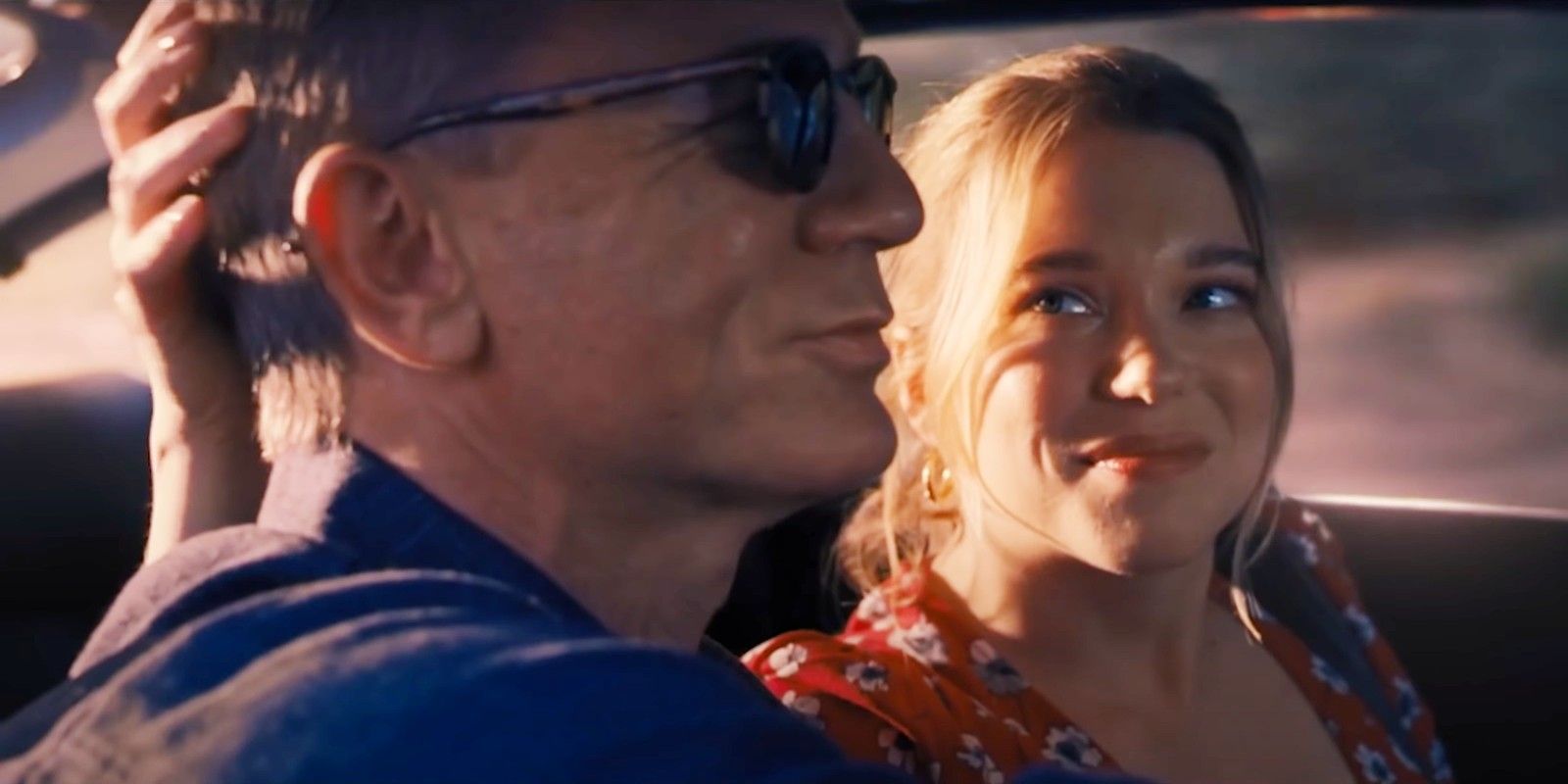
James Bond has never been the father figure or stay-at-home type. His lifestyle and profession are not suited to parenthood. Children rarely appear in Bond films at all aside from crowd scenes. But when Madeleine reveals to him that she has a daughter, the change is immediate. He is mesmerized by her, refusing to believe that she isn’t his despite Madeleine stating so. Whereas Sean Connery’s Bond would have probably walked away from the situation, and Roger Moore’s cracked a joke, Daniel Craig sells the character shift expertly. The reveal is signposted earlier in the film; as Bond puts Madeleine on the train thinking she betrayed him, she puts a hand to her stomach, indicating she is pregnant. While James Bond having a daughter is a significant break with tradition, there is one final one that is even bigger.
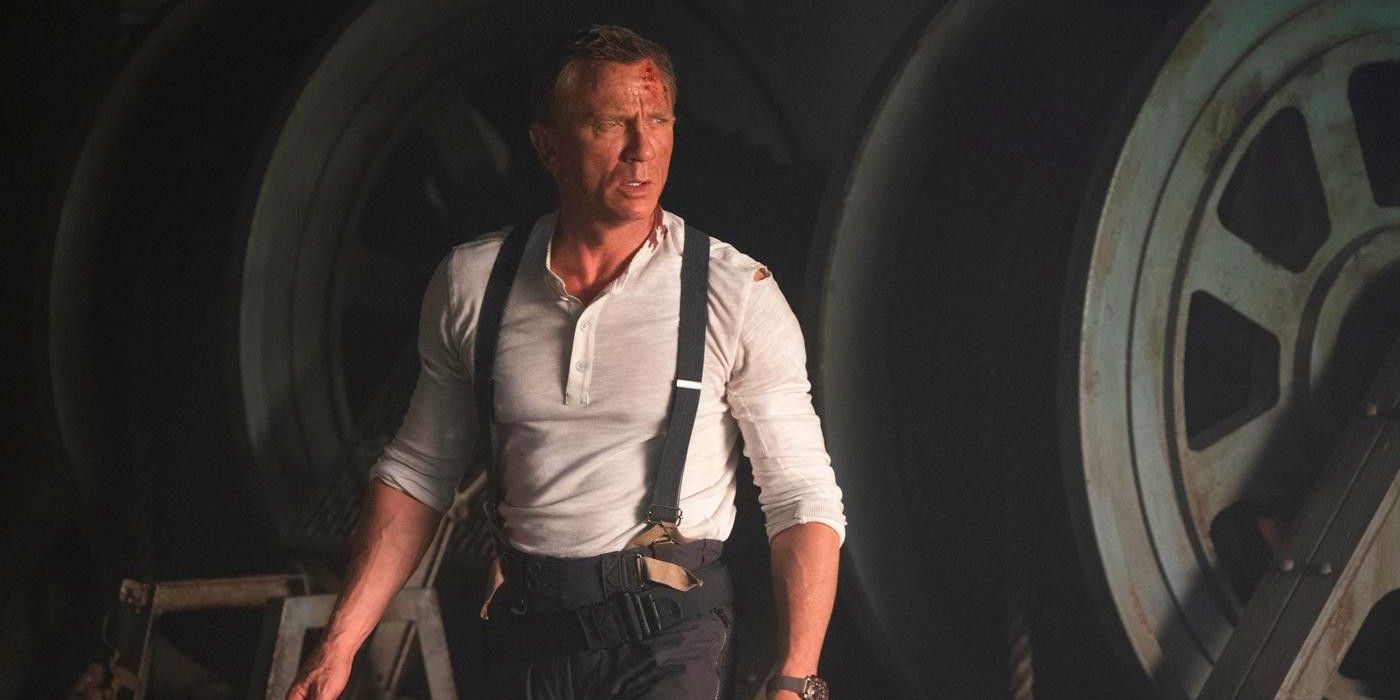
No Time To Die includes numerous references to On Her Majesty's Secret Service. The implication that the film is setting up is that Bond will lose Madeleine the way he lost Tracy at the end of that film. However, No Time To Die subverts audience expectations, as Madeleine survives and it is James Bond’s death that ends the film, sacrificing himself for love. Seriously injured and infected with the nanobot virus designed to target Madeleine and their daughter, Mathilde, Bond accepts his fate. Saying goodbye over the radio as missiles head toward him, a distraught Madeleine laments if only they had more time, to which Bond replies, "You have all the time in the world."
It’s an incredibly emotional ending to Daniel Craig’s time as Bond. While it has split the fan base over whether or not the decision to kill him was right, if they were ever going to do it, this film was the time. Given how interconnected Bond movies have been since Casino Royale, it would have made little sense to recast the character and pick up as if nothing ever happened. A new Bond would always require a harder reset for Bond 26, and killing off Daniel Craig's version draws a definitive line under his five movies and makes that transition much easier.
No Time To Die was always going to be Daniel Craig’s last Bond film, and the timing was right to give fans the biggest break in tradition possible for a Bond film. Notwithstanding this, one tradition remains intact. At the end of the credits, four immortal words: “James Bond will return.”
from ScreenRant - Feed https://ift.tt/3ucudiQ

0 Comments